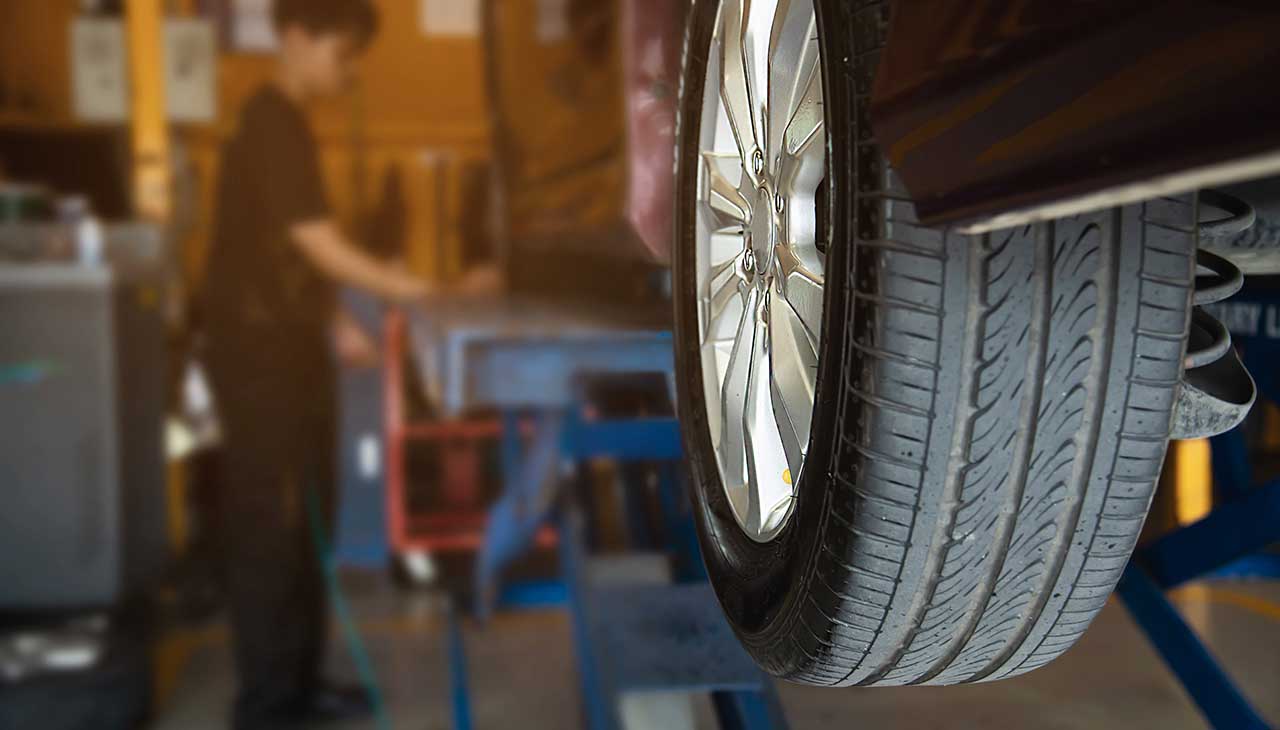The Ultimate Guide to Choosing the Right Tires for Your Vehicle
Choosing the right tires for your vehicle is crucial for safety, performance, and efficiency. Tires affect everything from fuel consumption to handling and road grip. Understanding different tire types, materials, and maintenance tips will help you make the best decision for your driving needs.
Table of Contents
- Understanding Tire Basics
- Types of Tires
- Tire Sizing and Specifications
- Tire Tread Patterns and Their Impact
- Seasonal vs. All-Season Tires
- Performance Tires vs. Standard Tires
- Tire Materials and Durability
- Tire Maintenance for Longevity
- Common Tire Issues and Troubleshooting
- How to Choose the Best Tires for Your Vehicle
- Conclusion
1. Understanding Tire Basics
Tires are essential for vehicle performance and safety. Each component of a tire, from tread to sidewall, plays a role in handling and durability.
Key Components of a Tire:
- Tread: Provides grip and traction.
- Sidewall: Ensures stability and absorbs impact.
- Bead: Secures the tire to the wheel.
- Belt & Ply: Strengthens the tire structure.
2. Types of Tires
Passenger Tires:
- Best for daily commuting and city driving.
- Focused on comfort and fuel efficiency.
All-Terrain Tires:
- Ideal for off-road and highway use.
- Enhanced grip on rough terrains.
Winter Tires:
- Designed for snow and icy conditions.
- Made with softer rubber for better traction.
Run-Flat Tires:
- Can function even after a puncture.
- Provides safety in emergency situations.
3. Tire Sizing and Specifications
Understanding tire sizes and specifications helps in selecting the right fit for your vehicle.
| Marking Example | Meaning |
|---|---|
| 225/50R17 98H | Width: 225mm, Aspect Ratio: 50, Radial Construction, 17-inch diameter |
| 195/65R15 91V | Width: 195mm, Aspect Ratio: 65, 15-inch rim size |
4. Tire Tread Patterns and Their Impact
Tread patterns affect traction, noise levels, and handling.
Types of Tread Patterns:
- Symmetrical: Balanced performance, longevity.
- Asymmetrical: Enhanced cornering and wet grip.
- Directional: Best for high-speed performance.
5. Seasonal vs. All-Season Tires
| Tire Type | Best Use |
| Summer Tires | High temperatures, dry roads |
| Winter Tires | Cold conditions, snow and ice |
| All-Season Tires | Year-round moderate performance |
6. Performance Tires vs. Standard Tires
Performance tires offer better grip and handling but may wear faster.
| Feature | Standard Tires | Performance Tires |
| Durability | Longer-lasting | Shorter lifespan |
| Grip | Moderate | High |
| Cost | Affordable | Expensive |
7. Tire Materials and Durability
Different rubber compounds affect durability and performance.
- Soft Rubber: Better grip but wears quickly.
- Hard Rubber: Longer lifespan but reduced traction.
8. Tire Maintenance for Longevity
Proper maintenance ensures extended tire life and optimal performance.
Essential Tire Maintenance Tips:
- Regularly check tire pressure.
- Rotate tires every 5,000-8,000 miles.
- Align and balance tires periodically.
- Inspect for uneven wear and damages.
9. Common Tire Issues and Troubleshooting
Common Problems:
- Uneven Wear: Misalignment or improper inflation.
- Cracks & Bulges: Aging or road impact.
- Slow Air Leaks: Small punctures.
10. How to Choose the Best Tires for Your Vehicle
Factors to Consider:
- Driving Conditions: Weather, terrain, and road type.
- Vehicle Type: SUVs, sedans, trucks require specific tires.
- Budget: Balancing cost with performance and durability.
- Brand Reputation: Choose trusted brands for quality assurance.
11. Conclusion
Selecting the right tires enhances safety, performance, and cost-effectiveness. Regular maintenance and proper selection based on your driving needs will ensure a smooth and efficient driving experience.


